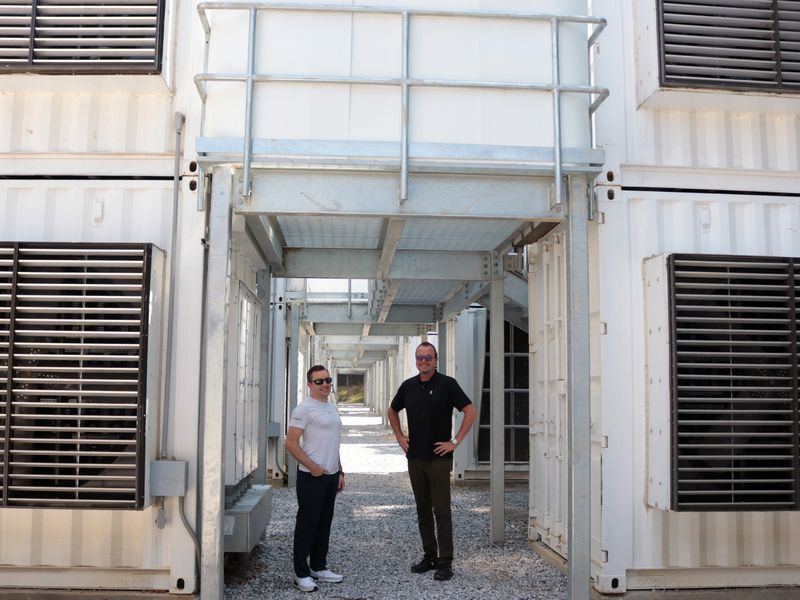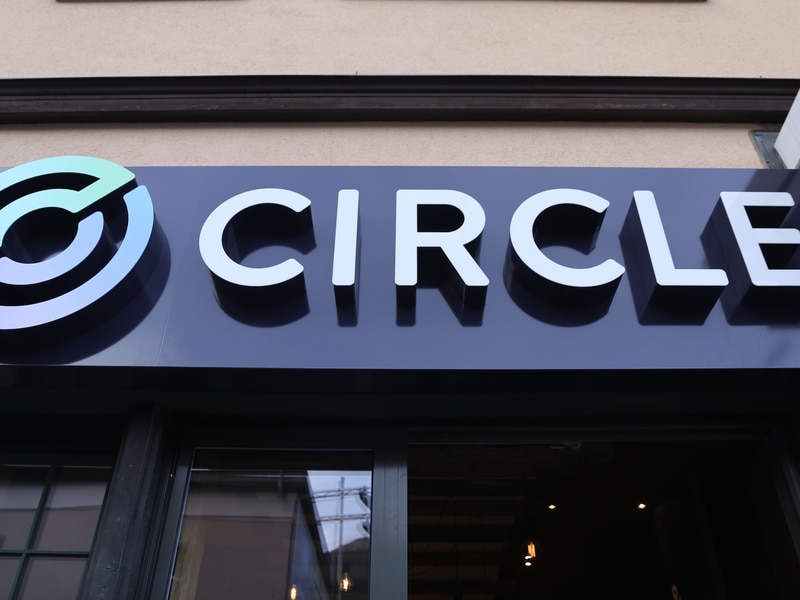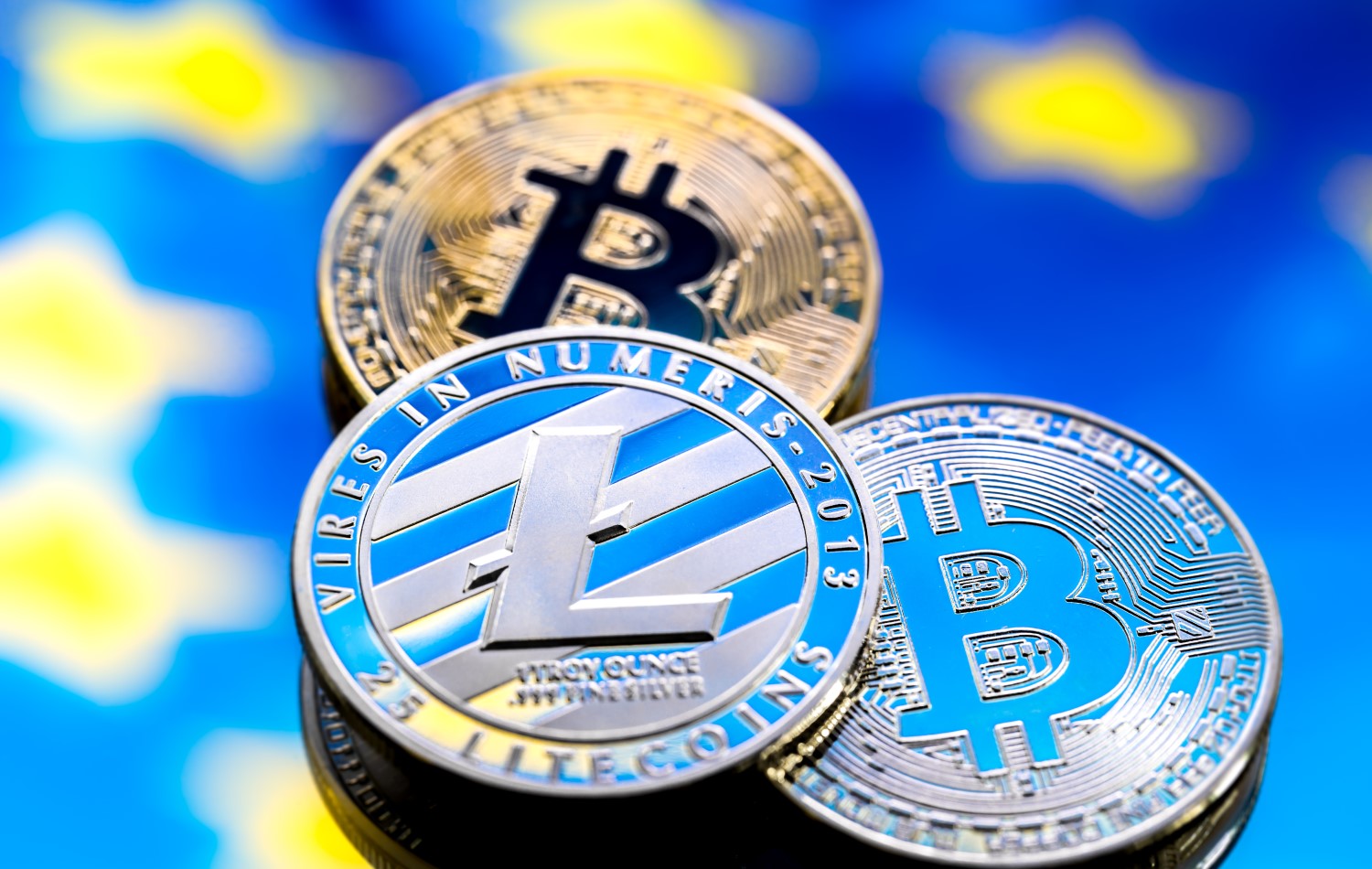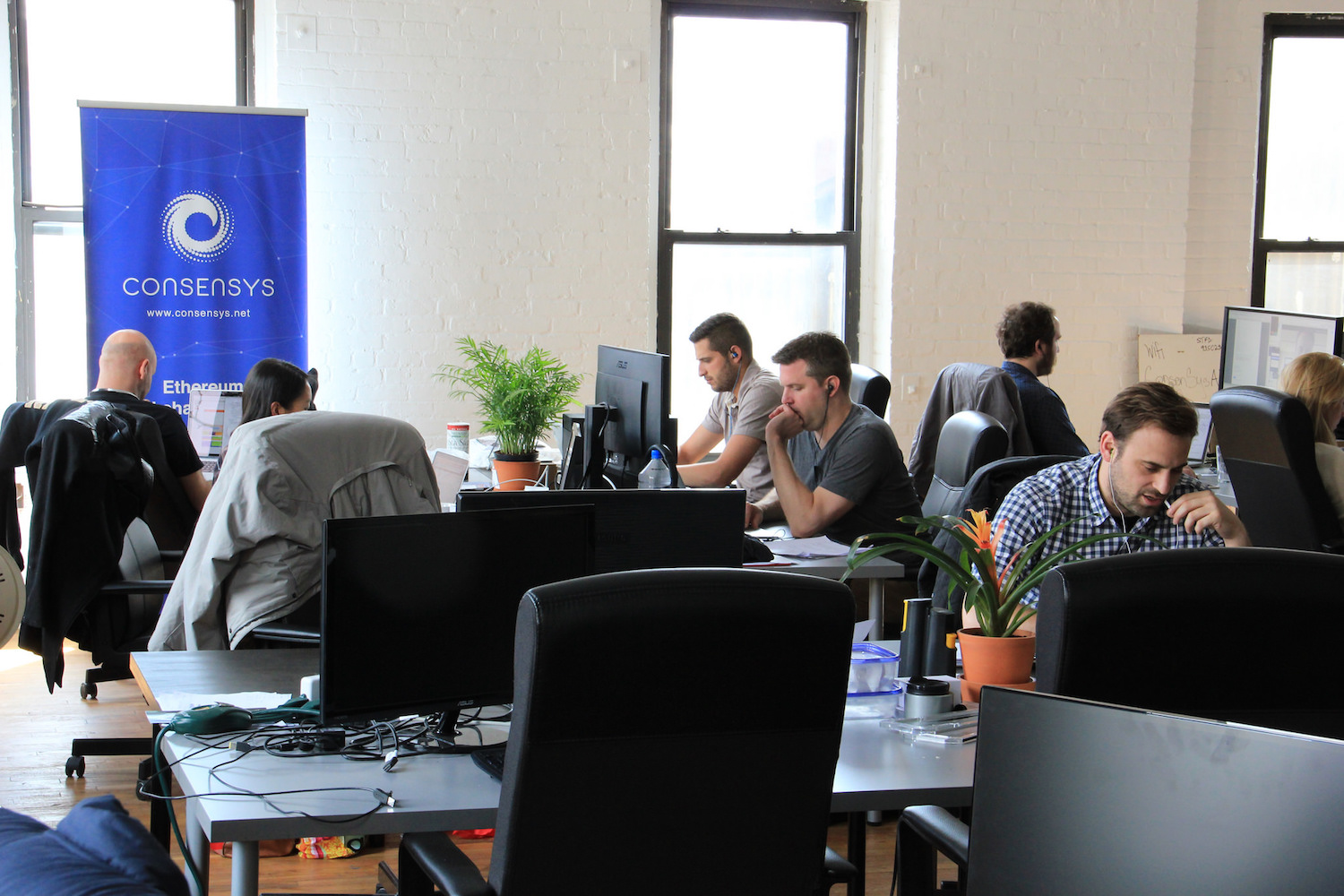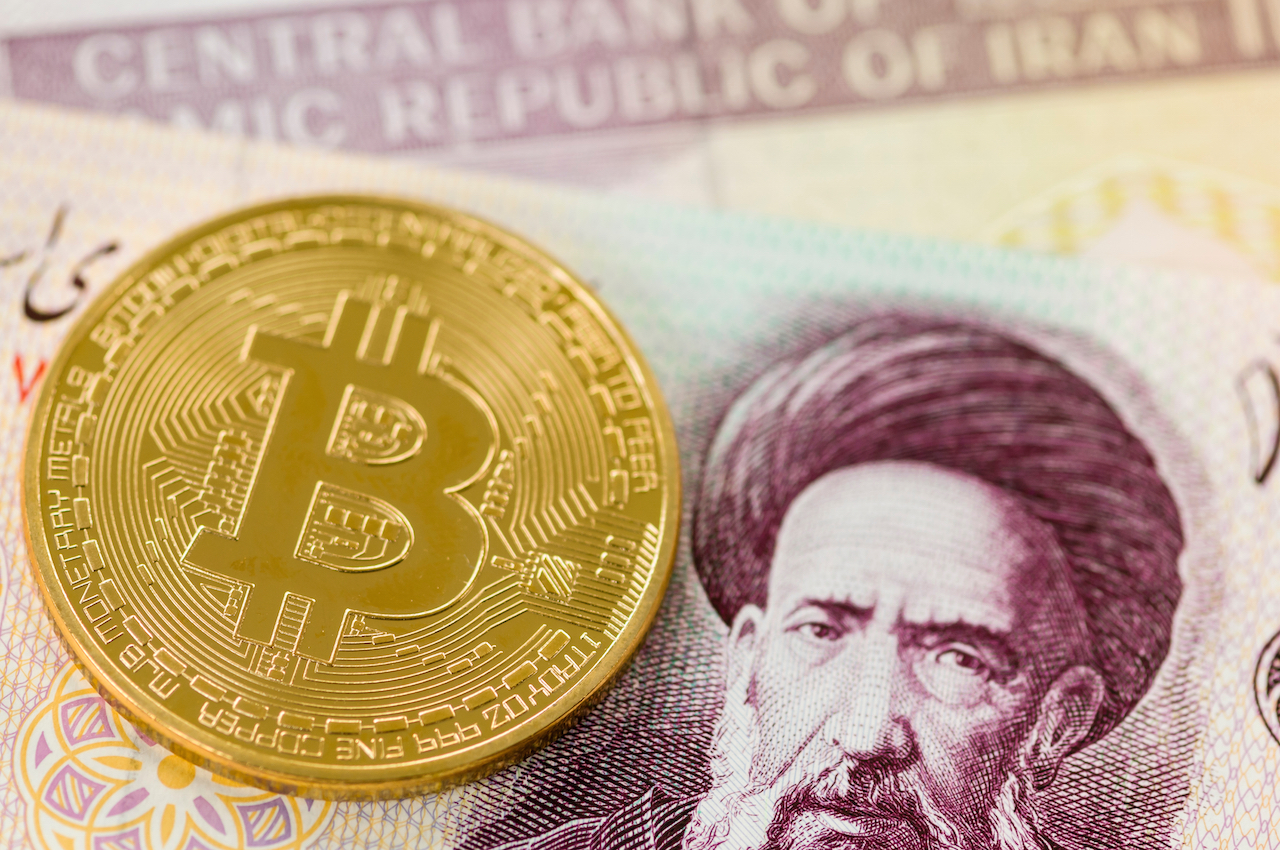The Upside of Bitcoin’s Upside (It’s Not What You Think)

Noelle Acheson is a veteran of company analysis and member of CoinDesk’s product team.
The following article originally appeared in Institutional Crypto by CoinDesk, a newsletter for the institutional market, with news and views on crypto infrastructure delivered every Tuesday. Sign up here.
The rally last week in cryptocurrency prices sent tremors of excitement through the mainstream press – is bitcoin “doing its thing” again? Could we be on the verge of a breakout?
These reports attract clicks and eyeballs, so I understand why they are run – but their breathless fascination with price volatility and potential profits misses the bigger impact.
While we can generally agree that investment gains are good, the broader benefit is this: cryptocurrency price increases throw into starker relief the uniqueness of the asset class.
(To avoid over-complicating the discussion, in this article I’ll focus on bitcoin – but the same or similar arguments can also be applied to other cryptocurrencies, depending on their characteristics.)
Supply and demand
First, let’s compare bitcoin to other commodities.
In practically all other instances, a price increase affects supply. When gold or oil go up in price, there is an incentive to extract even more from the ground. Previously unprofitable mines or wells become profitable, and those that were to begin with become more so. Operators will logically seek to maximize the opportunity by producing what they can while prices are good, and supply goes up.
As supply goes up, however, demand generally comes down as consumption budgets are reallocated and substitutes are sought. As demand comes down, the price comes down again, which lowers the incentive to produce, which eventually lowers supply. And so on and so on.
Comparing bitcoin to fiat currencies displays a similar dynamic. An increase in demand for a currency relative to another one will eventually make goods denominated in that currency expensive compared to alternatives denominated in different ones.
With bitcoin, the price does not affect supply. At all. An increase in demand will lead to an increase in price which – without the “correcting mechanism” of a potential increase in supply and/or reallocation of demand – could continue indefinitely.
Fair compensation
However, all markets need self-correcting mechanisms. One of bitcoin’s is transaction fees – a sharp increase in demand will most likely boost the fees the miners can charge when processing transactions, which could dampen the upswing in volumes.
This highlights the second significant differentiating factor, which is bitcoin’s ingenious incentive scheme. As the price goes up, the network becomes more secure.
Miners process blocks of transactions and, in compensation, are rewarded with a set number of bitcoins. As the price of bitcoin goes up, so does the value of the reward. More miners will be attracted by the potential profits from both the earned bitcoin and transaction fees. A greater number of miners results in better distributed network maintenance, which enhances the cryptocurrency’s resistance to bad actors.
This, in turn, should bolster confidence and demand, which should both increase the price and the network’s resilience even further.
Hang on
This does not mean that a price bump will continue into the stratosphere indefinitely.
External factors such as regulation, the emergence of alternatives or even macroeconomic mood could have a significant dampening effect on demand. Internal factors such as forks and governance debates could also have an impact.
But one of the overlooked features of bitcoin is that, all other things being equal, it does not have a fundamental self-correcting mechanism like most other assets. Not only will a price increase not trigger a supply/demand rebalancing, it actually enhances the network’s strength and potential demand.
“All other things” are rarely equal, however. Sentiment plays a powerful role in all markets, but especially in one such as bitcoin where widely accepted valuation methods don’t yet exist. As we saw in 2017-18, the “reflexivity” (in which perceptions affect the market which affects perceptions) that pushed the market up can bring it back down fast.
This, in a sense, is bitcoin’s main self-correcting mechanism: market skittishness. Given the relatively low liquidity and overall lack of transparency, traders and investors seem to follow the well-worn principle: “If you must panic, panic first.”
Smoother ride
Yet even this is likely to be mitigated over time.
The crypto winter was not just about the building of a more robust (and regulated) market infrastructure; it was also about the education of institutional investors, who will no doubt bring more sophisticated trading strategies to the market.
While many institutions will probably take positions with a long-term view, we won’t be hearing them cry “To the moon!” There will come a time when their strategy indicates a lock-in of profits, and even a hint of volume selling could be enough to trigger a sharp correction.
But the same level of sophistication will also set floors for any correction, and as volumes grow, infrastructure continues to improve and valuation techniques develop, volatility will smooth as will the tendency for large market participants to react blindly to perceived shifts.
With this, the cryptocurrency’s fundamental characteristics will increasingly predominate investment decisions. And bitcoin and its peers will continue to show us that cryptocurrencies are, indeed, a different type of asset class.
Upside-down world image via Shutterstock


